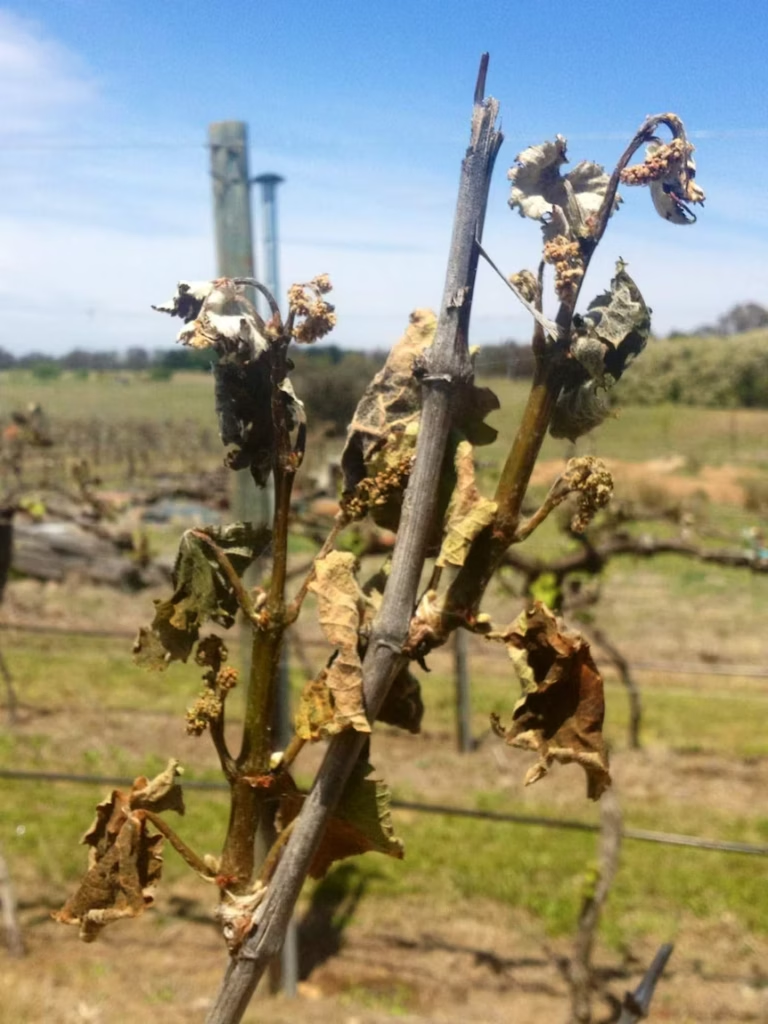The Hay Rodeo, one of NSW longest-running rodeos, is set to celebrate its 72nd year on Saturday, March 1, 2025. Hosted annually by the Hay Rodeo Committee, this event has become a much-anticipated fixture for locals and visitors alike. It draws crowds from across the state. Moreover, with its rich history and commitment to showcasing the best in rodeo action, the Hay Rodeo continues to be a highlight of the region’s sporting calendar.
Held at the Hay Showgrounds, located on Showground Road in Hay, NSW 2711, the event promises a thrilling day for the whole family. Whether you’re a rodeo enthusiast or a first-time attendee, you’ll experience an exciting blend of skill, strength, and adrenaline in one of Australia’s top rodeo venues.
Why Attend the 72nd Annual Hay Rodeo?
- A Historic Event. The Hay Rodeo is a celebration of tradition, marking over seven decades of rodeo history in the region. As one of the longest-running rodeos in NSW, it has become a cornerstone of Hay Shire’s cultural and sporting identity.
- World-Class Rodeo Action. This year’s event will feature top rodeo athletes competing in various events; including bull riding, barrel racing, steer wrestling, and more. The Hay Rodeo is renowned for its high-quality competitions that showcase the skills of both local and national competitors.
- Family-Friendly Fun – With a range of activities for all ages, the Hay Rodeo is the perfect outing for families. Enjoy the excitement of the rodeo, explore the event’s activities, and make memories with loved ones.
- Accessible to All – The Hay Rodeo Committee takes pride in ensuring that the event is accessible to everyone. Whether you have mobility challenges or other access needs, the venue is fully equipped to accommodate all guests, so everyone can enjoy the day.
Hay Rodeo Event Details:
- Date: Saturday, March 1, 2025
- Location: Hay Showground Road, Hay NSW 2711
- Time: 9:00 AM – 5:00 PM (Event timings may vary)
- Entry: Tickets available at the gate or online
Facilities & Services:
The Hay Rodeo is designed to provide a comfortable and enjoyable experience for all visitors. Key amenities include:
- Bar – Grab a drink and relax while watching the rodeo action.
- Cafe – Enjoy delicious food and refreshments, including snacks and full meals, throughout the day.
- Car Park – Ample parking is available for guests arriving by car, ensuring easy access to the event.
- Coach Parking – For larger groups or visitors arriving by coach, dedicated parking spaces are provided.
- Public Toilets – Conveniently located restrooms for all attendees.
- Family-Friendly – A welcoming atmosphere for families, including special activities for children.
Stay at Corynnia Station – Your Ideal Accommodation Near Hay Rodeo
We warmly welcome guests to Corynnia Station, ideally located just a 1-hour drive from the Hay Rodeo. Our farm stay provides a tranquil, luxury retreat in the heart of the Australian outback, offering a unique experience to complement your visit to the rodeo. After an exciting day at the Hay Rodeo, unwind and relax in the peaceful surroundings of our working farm, complete with comfortable accommodations and a serene garden oasis.
At Corynnia Station, we offer a true outback experience, where you can rejuvenate, reconnect with nature, and enjoy the beauty of the region. Our location makes it the perfect base for exploring the Hay Rodeo and surrounding areas. Whether you’re planning to attend the rodeo or simply looking for a peaceful getaway, Corynnia Station promises an unforgettable experience.
Making the Most of Your Visit to Hay
Whether you’re attending the rodeo for the first time or you’re a seasoned visitor, there’s much more to explore in the vibrant town of Hay. In addition, known for its rich agricultural heritage and charming rural landscapes, Hay offers a unique experience for those who take the time to visit. Be sure to check out the local shops, cafes, and attractions before or after the event.
Stay Updated and Plan Your Visit
Keep an eye on the official Hay Rodeo website and social media pages for more details, including ticketing information, event schedules, and updates. Furthermore a tradition of excellence and a passion for rodeo, the Hay Rodeo Committee ensures that every year’s event surpasses expectations. Don’t miss out on the opportunity to be part of this historic and action-packed day!
In addition, more information is available at Email: hayrodeo@bigpond.com Phone: 0405 063 353



Plan Your Trip Today!
Mark your calendars for Saturday, March 1, 2025, and join us for the 72nd Annual Hay Rodeo, an event that promises fun, excitement, and a true taste of Australian rodeo culture. And for the perfect stay near the event, book your accommodation at Corynnia Station – your ideal retreat just an hour away from all the rodeo action!














